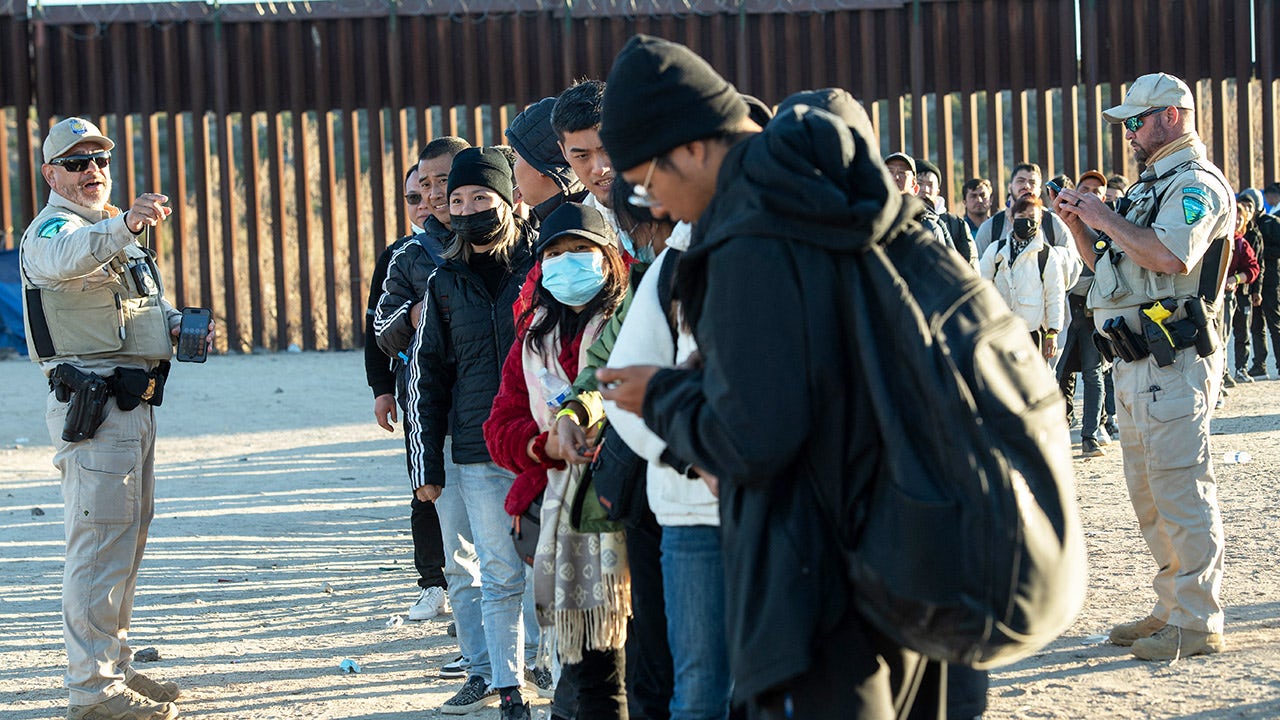CBP closes all temporary migrant facilities as border apprehensions plummet

U.S. Customs and Border Protection has confirmed that they are no longer operating any “soft-sided” facilities for processing migrants who entered the country illegally. This decision comes after the closure of a migrant processing center near San Diego in March. The Biden administration had been using these facilities to process migrants at multiple sites in California, Texas, and Arizona during a surge of millions crossing the border.
A CBP spokesperson stated, “Due to the unprecedented drop in apprehensions of illegal aliens as a result of the President’s recent executive actions, CBP is not operating any temporary, soft-sided processing facilities where illegal aliens have been held in specific locations along the southwest border. CBP no longer has a need for them as illegal aliens are being quickly removed.”
The closure of these facilities marks a significant shift in border security operations. The U.S. Border Patrol now has the capability to manage the detention of apprehended individuals in their permanent facilities. Resources that were previously dedicated to temporary processing facilities will now be redirected towards other priorities, helping to speed up CBP’s progress in gaining operational control over the southwest border.
In March, CBP announced the closure of three Texas and two Arizona facilities, with one California and one Texas location still operational. The Otay Mesa facility, which was launched in January 2023, was among those that were closed as the border crisis began to subside.
The cost of operating these soft-sided facilities was significant, ranging from $5 million to $30 million per month. Since President Donald Trump took office, there has been a notable decrease in southern border crossings. In April, CBP reported over 8,300 apprehensions, marking a 93% drop from the previous year.
CBP’s Acting Commissioner, Pete Flores, stated, “For the first time in years, more agents are back in the field—patrolling territories that CBP didn’t have the bandwidth or manpower to oversee just six months ago. But thanks to this administration’s dramatic shift in security posture at our border, we are now seeing operational control becoming a reality—and it’s only just beginning.”
The closure of the soft-sided facilities is a significant step towards gaining control over the border and ensuring the security of the nation. The shift in resources and priorities will help to streamline operations and enhance border security efforts moving forward.




